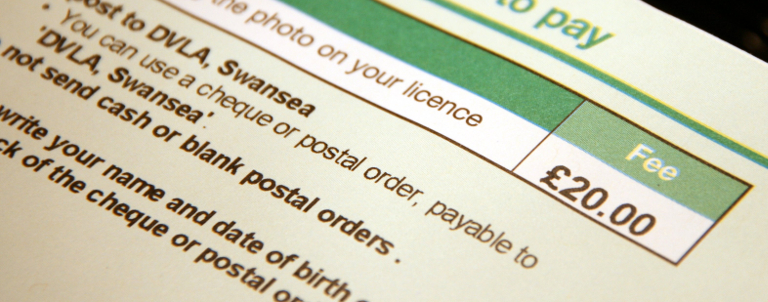Many of us were hoping that falls in the wholesale price for fuel in May and early June would mean that we’d see a fifth successive decline in fuel prices in June. We were not disappointed. However, although the “cheap fuel party” continued in June, there are some indications it may finish in July, followed by steady price rises during the second half of 2017.
UK fuel prices have been slowly declining since February. June’s average price for unleaded fell once more, to 115.9 pence per litre, while diesel fell to 116.8 pence per litre, a drop of 0.8 pence for unleaded, 1.2 pence for diesel from May. This is welcome news for drivers, as rises in road tax and insurance premiums hit them harder than ever before.
In comparison to the same time last year, prices now are 4.4 pence per litre higher for unleaded and a whopping 5 pence per litre higher for diesel. Go back five years to 2012 and prices were 133.0 pence per litre for unleaded and 138.4 pence for diesel. We are certainly better off now than in June 2012, but not compared to June 2007, when prices were 97.0 pence per litre for unleaded and 97.4 pence for diesel before the financial crash in 2008.
 (Credit – Pixabay)
(Credit – Pixabay)
Oil price rallies in second half of June
Oil prices rallied in the second half of June, so one would expect average fuel prices to stay the same or even increase in July. It would be the first time since January that prices have increased. Many experts believe that the price of crude oil will rise above $50 a barrel and stay there, something which has not happened since December 2016.
Victory in Iraq against ISIS and the Syrian cease-fire will certainly bring stability to the region, enabling oil producers to have more confidence in their output. There are still issues with US shale oil producers, as well as Nigerian and Iranian oil producers that are not adhering to OPEC’s production targets. There are some indications these supply factors will be addressed in September. If they are then oil prices will rise, as will the cost of fuel at the pumps.
The current picture
In June, supermarkets led the way with price reductions. ASDA introduced a cap at the pump for its petrol stations across the UK. Within a day, all the other big supermarket retailers followed. The large petrol retailers did the same a few days later.
This meant that by the middle of the month, the prices across the board from Asda were 111.7p a litre. Also offering a relatively consistent price was Tesco, with most of its fuel priced between 111.9p and 115.9p, depending on where in the country you were located. Sainsbury’s was the most variable of the big four supermarkets, with fuel prices varying from 111.7p to 116.9p regionally.
Petrol retailer v supermarket pricing
The picture is somewhat different from petrol retailers. On the same dates in June, based on a sample of ten stations for each brand, ESSO’s prices varied from 113.9p to 118.9p across its different stations. Shell had an even wider variation, with prices as low as 114.9p and as high as 122.9p.
Why is there such a great variation in prices from petrol retailers? One reason is that they vary their prices on an almost daily basis to reflect what is happening in the local competitive environment. They also factor in events taking place in the area local to each station, such as large events like football or music concerts.
Supermarkets tend to have a narrow spread of pricing between their stations and are far more uniform in their pricing changes. They compete less against the local market and more against other supermarkets, as their goal is to lure more shoppers to the tills and cheap fuel is a driver for that. ASDA leads the way with its price guarantee, a price cap on all 308 UK stations, which tends to act as the benchmark that other supermarkets set their prices against. You do get outliers, though. Sainsbury’s in particular comes up with prices that are often the cheapest supermarket prices in the UK, along with Tesco on premium fuels.
How can I always get the best fuel price?
While you can’t guarantee the best price (unless you are a member of Costco and use its six sites in the UK), you can follow a few simple steps to stay informed, be aware of pricing changes and know what to avoid:
1. Use the daily PetrolPrices alert email to monitor pricing and see daily changes
2. Only fill up £20-30 at a time to protect against sudden price changes
3. When prices start changing, wait 24-48 hours before filling up
4. Try to be aware of local events and understand how this may affect price
5. Don’t buy fuel on major trunk roads or at motorway services
6. If an ASDA or Costco is nearby, prices will be low, as everyone competes against them
7. Keep your eye out for independents that compete 1-2p lower than the supermarkets
8. If based in an affluent area, check prices in less affluent areas nearby, it can be as much as 3 pence less per litre
9. Clusters of supermarkets close together also usually mean lower prices
10. If you’re in an unfamiliar location, use the PetrolPrices app to help you find the cheapest fuel
What do you think about price changes in June? Do you think the party is over and prices will go up in July? Let us know in the comments below.